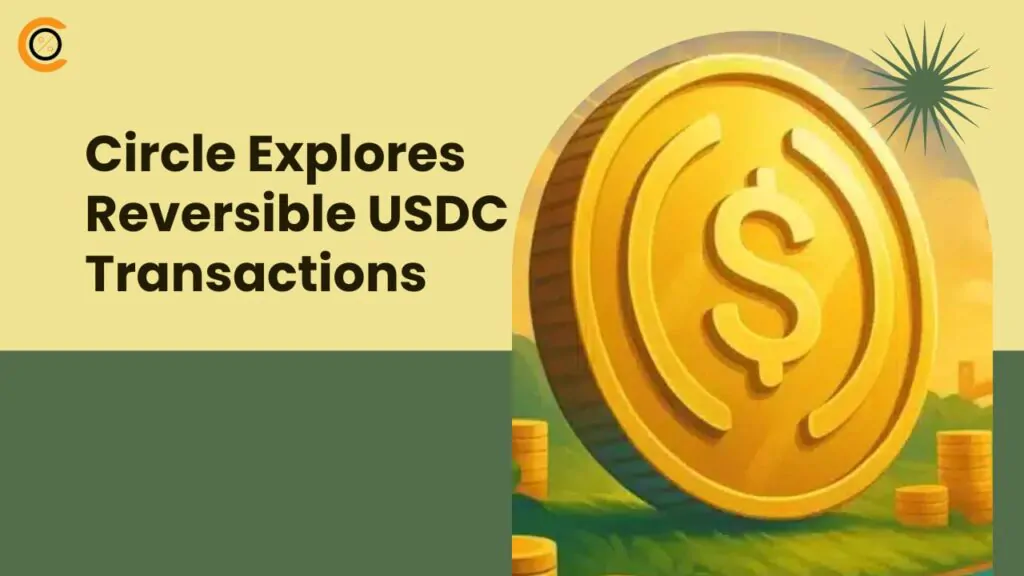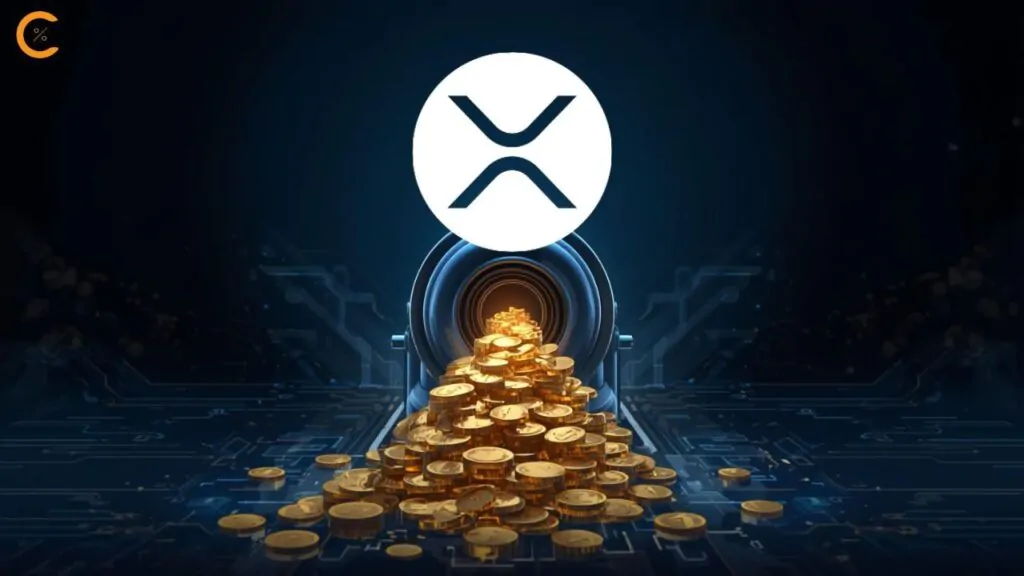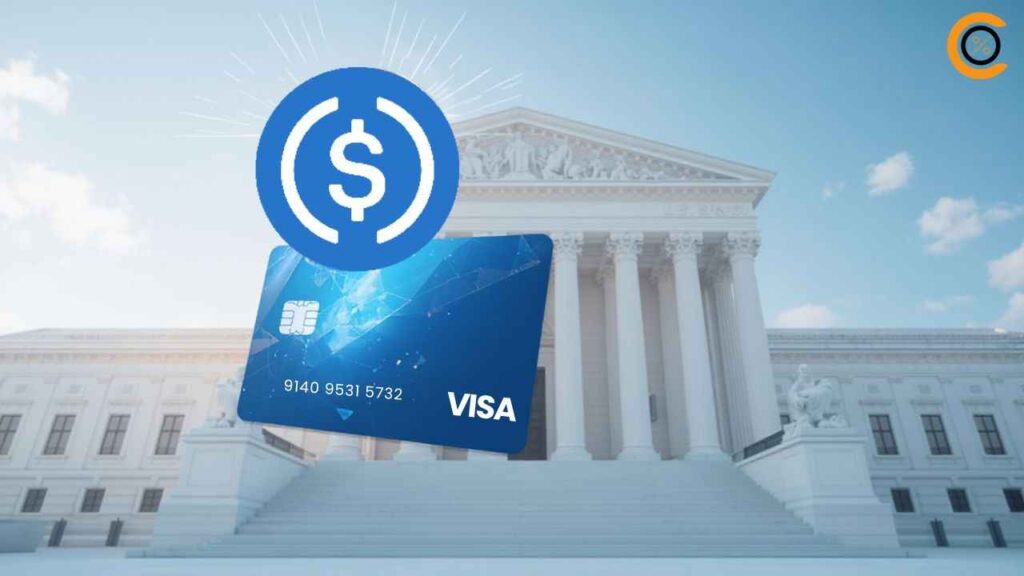• Circle is exploring reversible stablecoin transactions to ensure consumer protection.
• Circle President Heath Tarbert shared that reversibility poses a difficulty due to blockchain’s core principle of finality.
• Stablecoin adoption has surged since US lawmakers enacted the GENIUS Act.
Circle is reportedly testing reversible USDC transactions to balance blockchain finality with consumer protection. The announcement has sparked debate over decentralization and the future role of stablecoins in finance.
Circle Weighs the Possibility of Reversible USDC Transactions
USDC issuer Circle is exploring the possibility of reversible stablecoin transactions to help curb the rise in fraud and crypto scams. The move, reported by the Financial Times on Thursday, would seek to counter one of blockchain’s most foundational principles of transaction finality. Circle President Heath Tarbert acknowledged the inherent friction between blockchain’s finality and the need for consumer safeguards in cases of fraud or error. He noted that the firm is studying mechanisms that could allow payments to be reversed under controlled conditions while still preserving the speed and settlement certainty that blockchain provides.
The proposal cuts directly into crypto’s core foundation of immutability, since transactions in decentralized systems are designed to be final. Yet, advocates of reversibility argue that it could provide a path for victims of hacks and scams to recover their funds, ultimately strengthening mainstream trust in stablecoins. Critics, however, caution that such a step risks pushing the system toward centralization.
Circle’s Institutional Push Through IPO and Arc Blockchain
Circle’s interest in reversibility reflects a broader strategy to align stablecoins with traditional finance. Circle went public on the New York Stock Exchange (NYSE) in June under the ticker CRCL. This marked the first major public listing by a stablecoin issuer and also stood out as the largest crypto-related debut since Coinbase’s offering in 2021, highlighting Circle’s growing role in the financial sector.
In August, Circle unveiled Arc, a new enterprise-grade blockchain designed to handle payments, foreign exchange, and capital markets activity. Arc, which will use USDC as its native gas token, is expected to roll out fully by the end of 2025 following a public testnet. Circle has also partnered with Fireblocks, a custody provider serving over 2,400 banks, to embed compliance and risk controls directly into Arc’s infrastructure. While Arc will not support direct reversals, Circle is considering a model similar to credit card refunds, allowing counterparties to agree on off-chain rollbacks through transparent and regulated channels.
Stablecoin Adoption Continues to Grow
The development comes as stablecoin adoption continues to grow. In July, US lawmakers approved landmark legislation that set out a regulatory framework for the sector. This law, known as the GENIUS Act, was signed by President Trump in July. Since then, stablecoins have attracted interest from both fintech firms and traditional financial institutions. Market experts project that the stablecoin market will exceed $2 trillion by 2028.
Circle’s push for reversibility shows that the stablecoin sector is no longer just about crypto trading. It is moving toward becoming an integral part of global finance.







